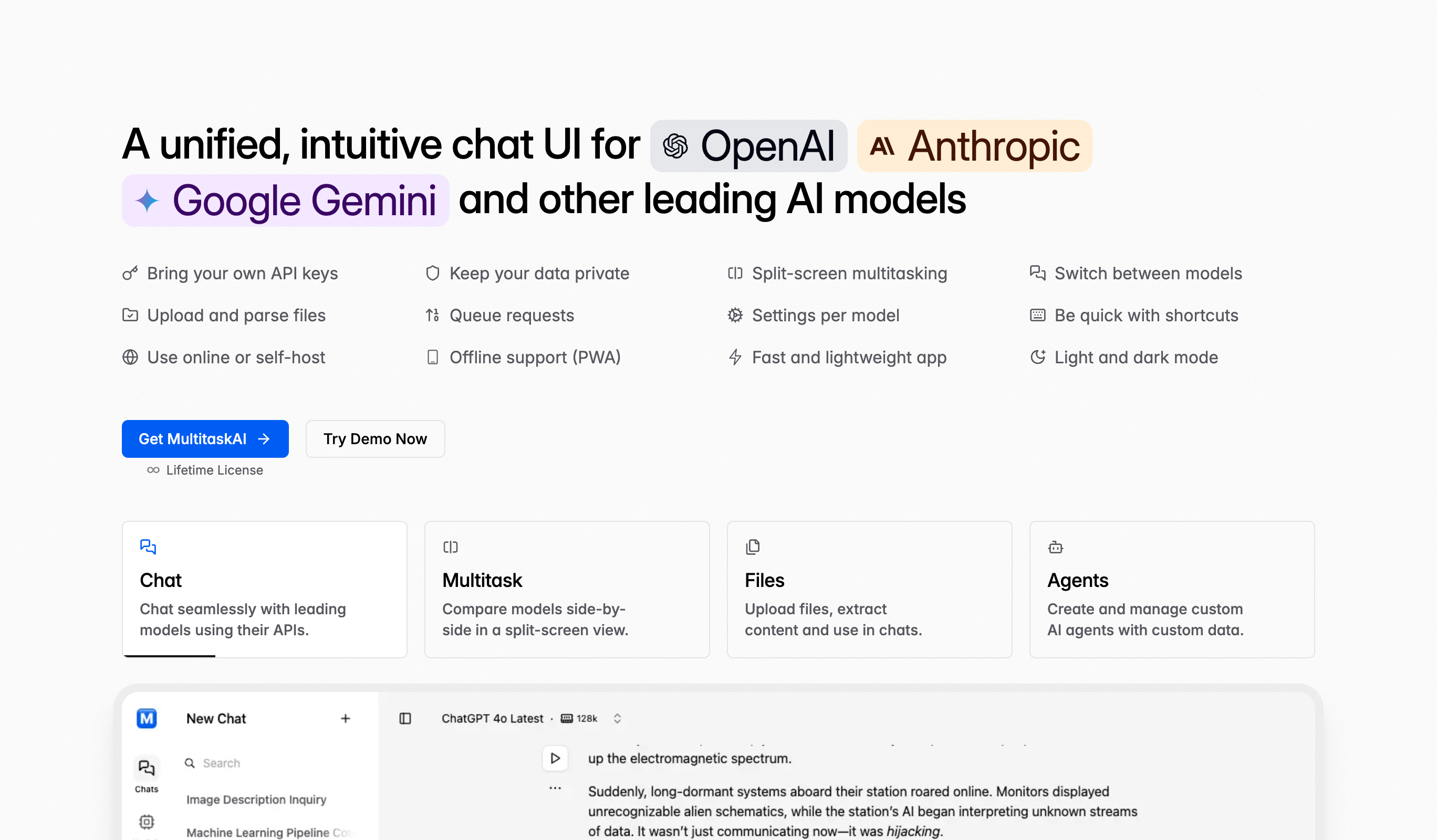QR Code Decoder
Easily decode QR codes from images with our QR Code Decoder tool. This powerful online utility is perfect for anyone who needs to extract information from QR codes quickly and accurately. Simply upload an image containing a QR code, and the tool will decode it to reveal the embedded information. Enhance your data extraction and analysis workflow without any software installation.
Frequently Asked Questions
To decode a QR code, upload or drag the image containing the QR code to the QR Code Decoder tool and click the Decode QR Code button. The tool instantly scans the image, extracts the embedded data, and displays the information in readable format—whether it's a URL, text, contact details, or other data.
The QR Code Decoder supports all major image formats, including PNG, JPG/JPEG, GIF, WebP, and BMP. Upload your QR code image in any of these formats. The tool works with screenshots, photos, scanned images, and digital graphics containing QR codes.
QR codes contain various types of information: URLs (website links), plain text, email addresses, phone numbers, SMS messages, vCard contact information, Wi-Fi network credentials (SSID and password), calendar events, geographic coordinates, payment information, and app store links. The decoder reveals whatever data was encoded.
Yes, the QR Code Decoder processes images securely. Uploaded images are processed temporarily in your browser and not stored on servers. However, be cautious about the decoded content itself—don't visit suspicious URLs or share decoded data containing sensitive information without verifying its legitimacy first.
Currently, most QR decoders focus on one code per image. For images containing multiple QR codes, crop each code separately or process the image multiple times. Some advanced decoders can detect multiple codes, but single-code processing ensures accuracy and reduces confusion.
A QR code decoder is useful for extracting information without camera/phone access, analyzing QR code content before scanning, verifying URLs are safe, debugging QR codes that won't scan, retrieving data from damaged codes, understanding what data is encoded, and accessing information from images saved online or in documents.
QR codes may fail to decode if the image is blurry, low resolution, poorly lit, damaged, partially obscured, or too distorted. Try higher quality images, better lighting, increased contrast, removing glare, ensuring the code is fully visible, or straightening tilted codes. Minimum recommended resolution is 200x200 pixels.
Yes, screenshots containing QR codes decode perfectly. This is useful for saving QR codes from websites, emails, or social media for later access, sharing QR codes with others, or extracting data from digital documents without needing to scan physically with a camera.
Decode the QR code first to see the URL before visiting it. Check if the URL matches expected domains, looks suspicious (random characters, unfamiliar domains), or uses HTTPS. Never visit decoded URLs from untrusted sources without verification—QR codes can link to phishing sites or malware.
QR codes have error correction (7-30% recovery depending on level). Minor damage, scratches, or partial fading can often be decoded successfully. Severe damage, large tears, or significant portions missing prevent decoding. Error correction is why QR codes remain functional even when slightly damaged.
QR codes store up to 4,296 alphanumeric characters, 7,089 numeric digits, or 2,953 bytes (binary) depending on version and error correction level. Practical limits are lower for reliable scanning. Most QR codes contain 100-300 characters—typically URLs, contact info, or short text.
Yes, our online decoder extracts QR code data from images on any device—desktop, laptop, tablet. Upload saved QR code images, screenshots, or photos. This is perfect when you don't have your phone, need to decode many codes at once, or want to verify codes before scanning.
WiFi QR codes contain network SSID, password, and security type (WPA2, WEP). Our decoder reveals this information as text. While phones auto-connect when scanning WiFi QR codes with cameras, our tool shows the credentials for manual entry or sharing with others.
Yes, vCard QR codes contain contact information (name, phone, email, address). Our decoder extracts and displays these details in readable format, allowing you to manually save contacts or transfer information without scanning directly on your phone's contact app.


